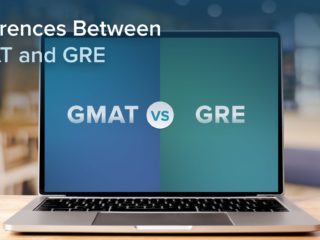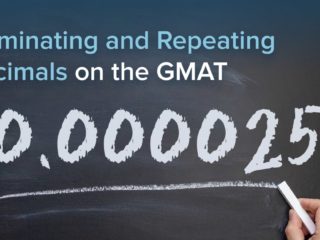Last Updated on May 9, 2023
GMAT OFFICIAL GUIDE DS
Solution:
We are given that machines K, M, and P, working simultaneously and independently at their respective constant rates, can complete a certain task in 24 minutes. If we consider the entire task to be equal to 1, then the rates of machines K, M and P are:
1/K = the rate of machine K to complete the task
1/M = the rate of machine M to complete the task
1/P = the rate of machine P to complete the task
Since it takes machines K, M, and P, working simultaneously and independently, 24 minutes, the combined rate of machines K, M, and P is 1 task per 24 minutes. That is,
1/K + 1/M + 1/P = 1/24
We need to determine how long it takes machine K to complete the task, or, in other words, the rate of machine K. Since 1/K + 1/M + 1/P = 1/24, the rate of machine K is:
1/K = 1/24 – 1/M – 1/P
1/K = 1/24 – (1/M + 1/P)
Thus, if we can determine the value of (1/M + 1/P), we can determine the value of 1/K.
Statement One Alone:
Machines M and P, working simultaneously and independently at their respective constant rates, can complete the task in 36 minutes.
From statement one we know:
1/M + 1/P = 1/36
Thus, the rate for machine K to complete the task is 1/24 – 1/36 = 3/72 – 2/72 = 1/72.
Statement one alone is sufficient to answer the question. We can eliminate answer choices B, C, and E.
Statement Two Alone:
Machines K and P, working simultaneously and independently at their respective constant rates, can complete the task in 48 minutes.
From statement two we know:
1/K + 1/P = 1/48
This is not enough information to determine the rate of K.
Statement two alone is not sufficient to answer the question.
Answer: A



